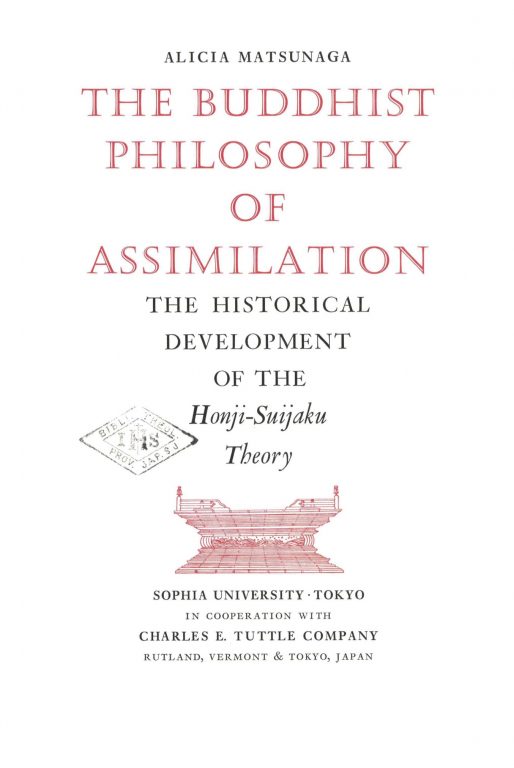The Buddhist Philosophy of Assimilation: The Historical Development of the Honji-Suijaku TheoryAlicia Orloff Matsunaga
Monographs (1969) pp. 1–310
It is our purpose here to demonstrate how the Japanese theory of honji-suijaku is merely an expression of the ancient Buddhist philosophy of assimilation that commenced with the first dawning of Buddhist thought to serve as an essential handmaiden of Buddhist doctrine in every new land the religion entered. In Japan with the rich heritage of Indian and Chinese thought, the philosophy of assimilation was systematized and given practical application, yet the components for this systematization and application were already present in Chinese Buddhism. Finally, even in the applied Japanese theory, which was not so systematical, we find that Indian deities appear both as the honji (true nature) as well as the suijaku (trace manifestation) of various Buddhas and bodhisattvas. These facts alone make it apparent that the honji-suijaku theory is not an isolated phenomenon that can be studied within the framework of Japanese thought or folk beliefs alone.
1969. 310 pages.
Hardback. [Out of print]
